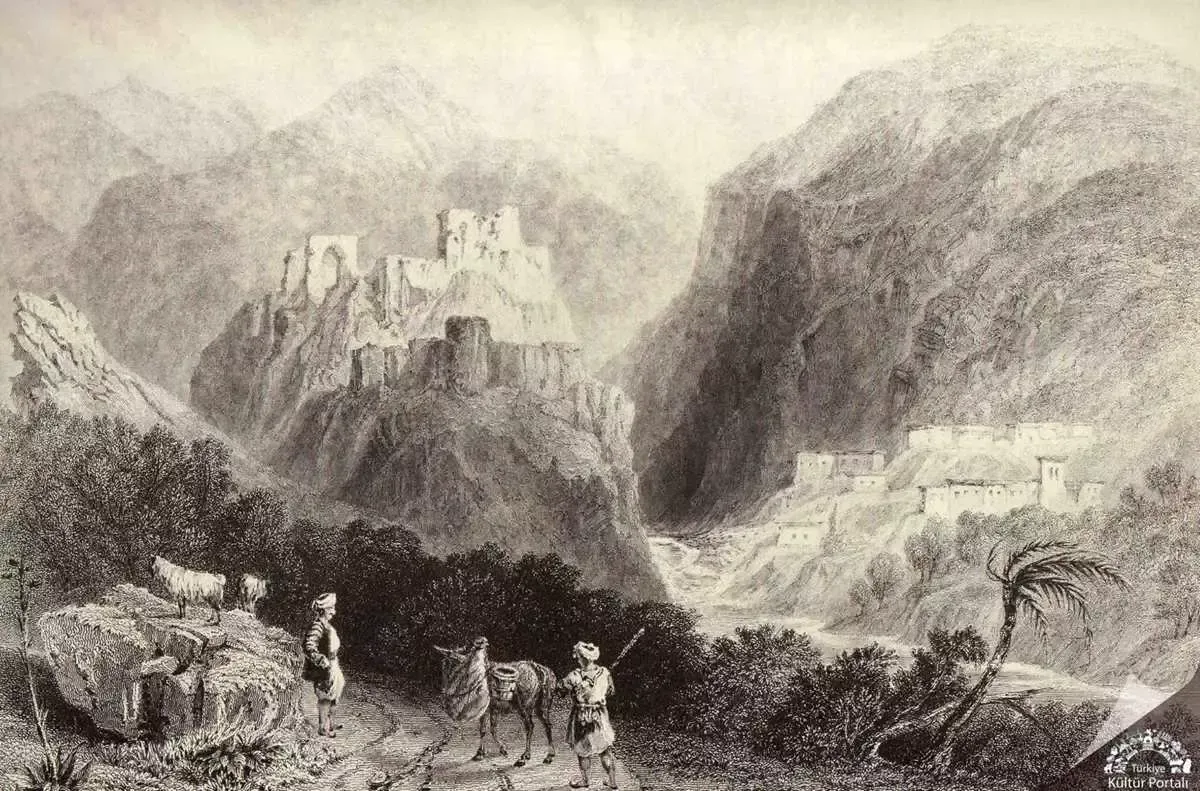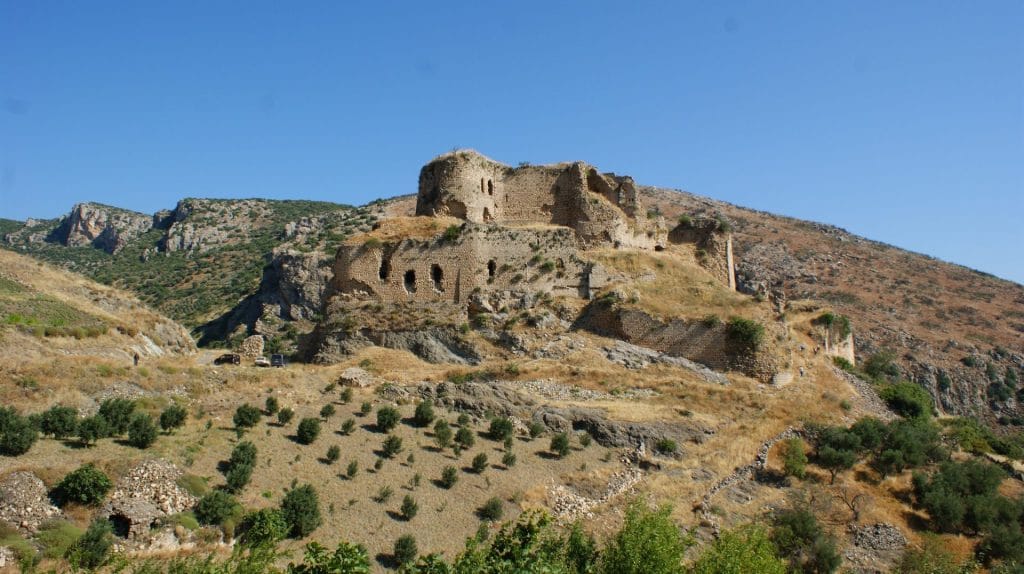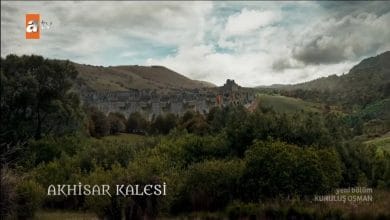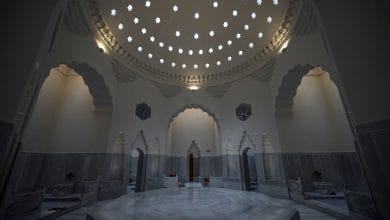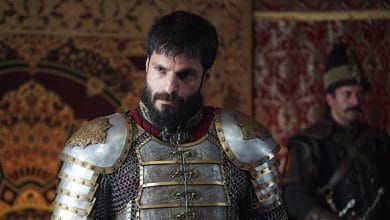The Rich History of Bakras Castle
Bakras Castle, perched on a steep hill overlooking the valleys below, has a history that stretches back to ancient times, steeped in legend and historical significance. One such legend tells of the Ammurian King Dakianus, who built the castle to honor his beloved wife, Bağrez. Tragically, she fell from her horse off a cliff near the site of the present-day castle while traveling through rugged terrain on their return to Syria from the Gülcihan summer resort between İskenderun and Arsuz.
A Witness to Conquests and Power Shifts
The castle’s storied past includes its handover to the legendary Saladin Ayyubi by the Crusaders on September 26, 1183. Later, in 1191, Saladin’s commander, Alemüddin Süleyman bin Candar, destroyed it. The Armenians, however, soon recaptured the area, rebuilding and fortifying the castle.
During its turbulent history, Bakras Castle became a focal point in the conflicts between the Ottomans and the Mamluks. In 1516, Yavuz Sultan Selim definitively captured the castle. However, as it was no longer near any strategic borders, it gradually lost its political importance.
An Architectural Marvel
Bakras Castle was constructed on a challenging landscape, with deep valleys flanking both sides of its steep hill. The only accessible entrance is on the eastern side, reachable by a narrow path from the village below. Despite its largely square plan, the eastern and southern walls curve slightly, while the northern side drops dramatically into a deep cliff.
The castle features small observation windows for defense, large rooms near the entrance, and a central area surrounded by vaulted domes. Once, it housed a fountain and a water tank, described by the famous traveler Evliya Çelebi, though no trace of them remains today.
A Glimpse Inside the Castle
- Commander’s Room: Located in the northern hall, it boasts a fireplace and windows that once offered commanding views of the surroundings.
- Balcony and Scenic Area: On the eastern side, an open section provided both a vantage point and a refreshing retreat.
- Religious Hall: The southern hall, once used as a church, was later converted into a mosque, though its distinguishing Islamic architectural features have been erased over time.
The remaining parts of the castle have suffered significant decay, reduced to piles of stones and crumbled walls. Some sections, such as water channels that once brought vital supplies into the castle, are barely visible today.
A Legacy in Peril
Despite its historical and cultural significance, Bakras Castle is in a state of neglect. Looting, natural decay, and a lack of preservation have left it vulnerable. If immediate steps are not taken to restore and protect this magnificent site, it risks being lost forever, taking with it a wealth of stories and a tangible connection to the past.
A Tale of Love, War, and Neglect
Nestled atop a steep hill, surrounded by deep valleys, Bakras Castle is a place where legends and history converge. Built to honor a queen, fortified by warriors, and contested by empires, this ancient fortress has witnessed centuries of human drama. From the Crusaders to Saladin Ayyubi, and later the Ottoman conquests, its walls tell stories of love, conflict, and resilience. Yet today, Bakras Castle stands in silent decay, a shadow of its former glory. As time and neglect take their toll, the castle serves as a poignant reminder of the fragility of history and the urgent need for preservation.
Bakras Castle stands as a testament to the resilience of historical artifacts, stubbornly enduring time’s relentless onslaught. Its survival, however, is not guaranteed. Preserving this fortress is not just about protecting stones and ruins; it is about honoring the rich tapestry of human history and the cultural heritage it represents. Without intervention, the castle—like many other forgotten treasures—may fade into the shadows of history, leaving behind only faint echoes of its glorious past.
Follow us on osmanonline.live and osmanonline.me!
Read, watch, and stay updated with us as we strive to bring you the best content. Kuruluş Osman remains the most popular series, and we are here to keep you connected!
